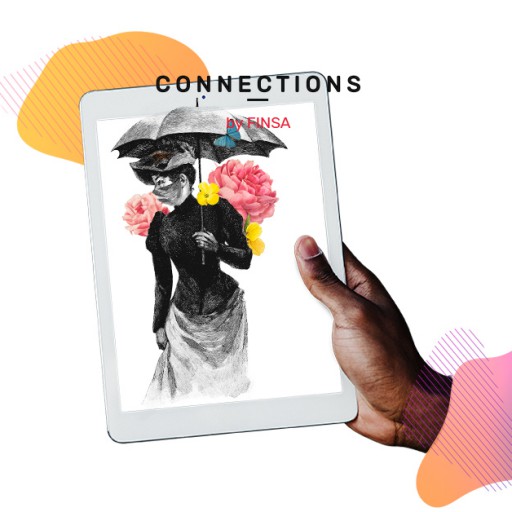Sustainability is becoming increasingly important in society and the design world doesn’t want to get left behind. The “made in…” label on a product often determines if a consumer buys it or not. Where it was made says something about its quality, design, and sustainability
The trend agency WGSN says that Made in Nature is the future. What does that mean? It’s all about a new concept – biofabrication, a field related to bioconstruction, something we have already talked about here at Connections by Finsa. In biofabrication, the materials are literally grown by living organisms. For Lisa White, director of Lifestyle & Interiors at WGSN, this is “the future of design: products made in collaboration with nature”. We’ve chosen a few inspiring examples of this approach to share with you:
Grown
Organic waste, water, and mycelium (fungus roots) are the basis of their products, which include tables, tiles, and lamps.
https://www.instagram.com/p/CAFk1APDyeW/
They also have DIY kits so that you can create your own lamp. And when you get bored of it, you can turn it in into fertilizer.
https://www.instagram.com/p/B-HhrhqjwHL/
Chairs created by nature
Who makes these chairs from designer Gavin Munro? None other than Mother Nature herself. There is no factory worker making a chair from raw materials. Gavin just plants a seed and nature gives the chair its shape.
https://www.instagram.com/p/BxkeCdvH19j/
Sometimes nature needs a helping hand. She gives us the materials and we shape them, which is the case for these Terroir chairs and lamps by Jonas Edvard and Nikolaj Steenfatt, made from dried seaweed and recycled paper.
https://www.instagram.com/p/BqPhiQbn_zV/
Furniture that comes from the sea
The ocean acts as the labourer for Aurore Piette. The pieces in her Marecreo collection are made from ocean sediments. They were on display at Dutch Design Week.
https://www.instagram.com/p/B3mCKmkAfwx/
What if took advantage of the benefits of seaweed to turn it into a product? Nienke Hoogvliet has already done it. Sea me is a rug made of sea algae yarn knotted in an old fishing net.
https://www.instagram.com/p/BuDjtUglGry/
Textile or plant?
Why not grow your own clothes? Synthetic biology is a sustainable alternative to the current textile industry. It allows fabrics to be grown by fermenting bacteria and fungi. You can even make bioplastics in your own home.
Jacob Olmedo uses hydroponic textiles which grow plants and then transform into a portable garden – “[a type of] environmental armour”.
https://www.instagram.com/p/B1tpRbTBHuX/




